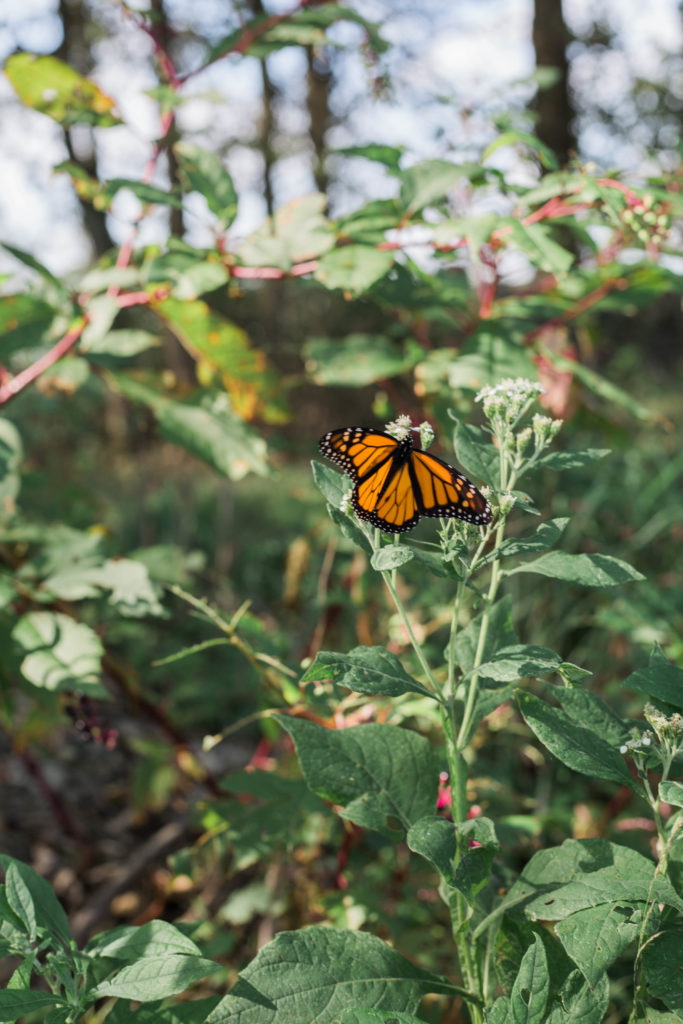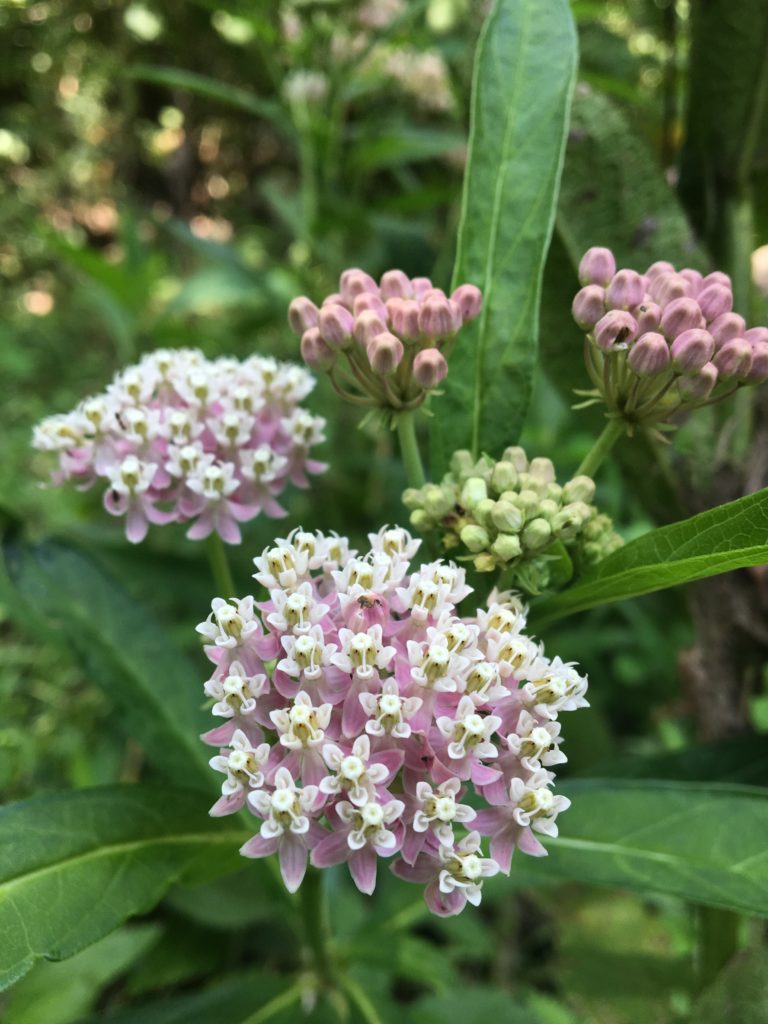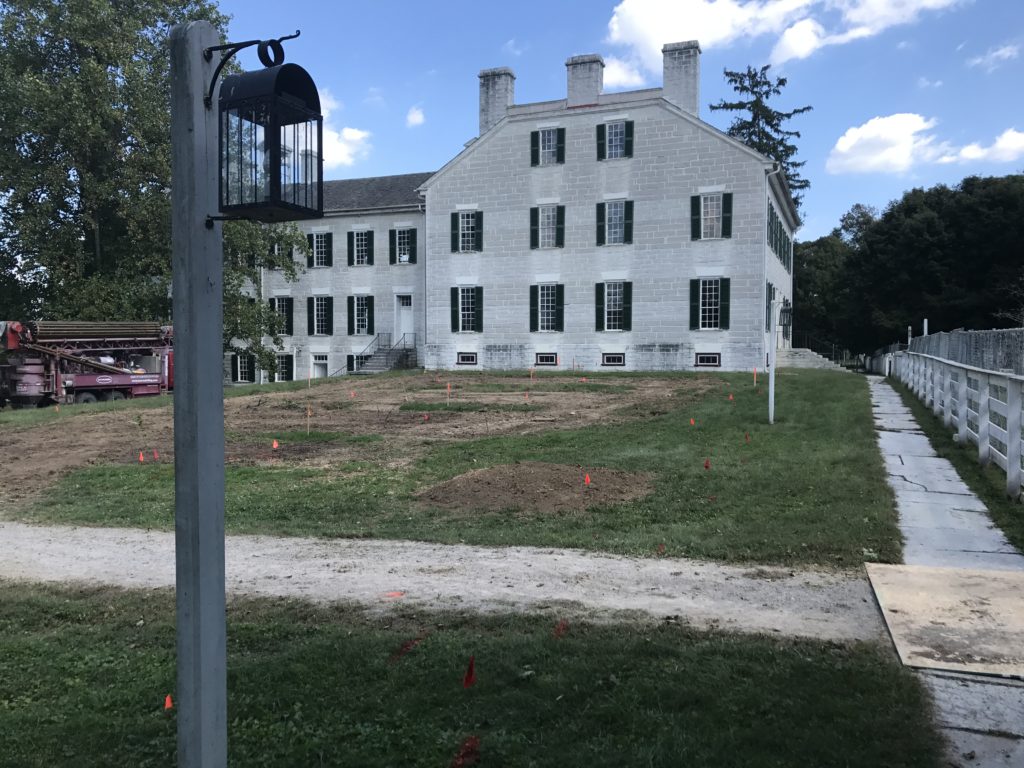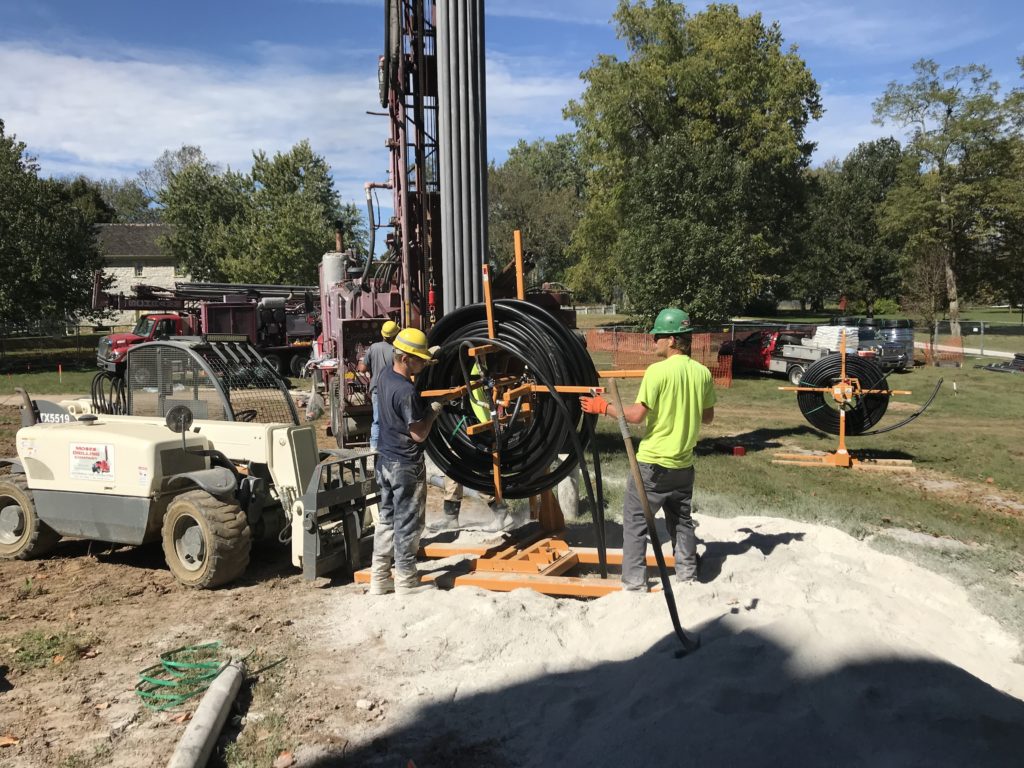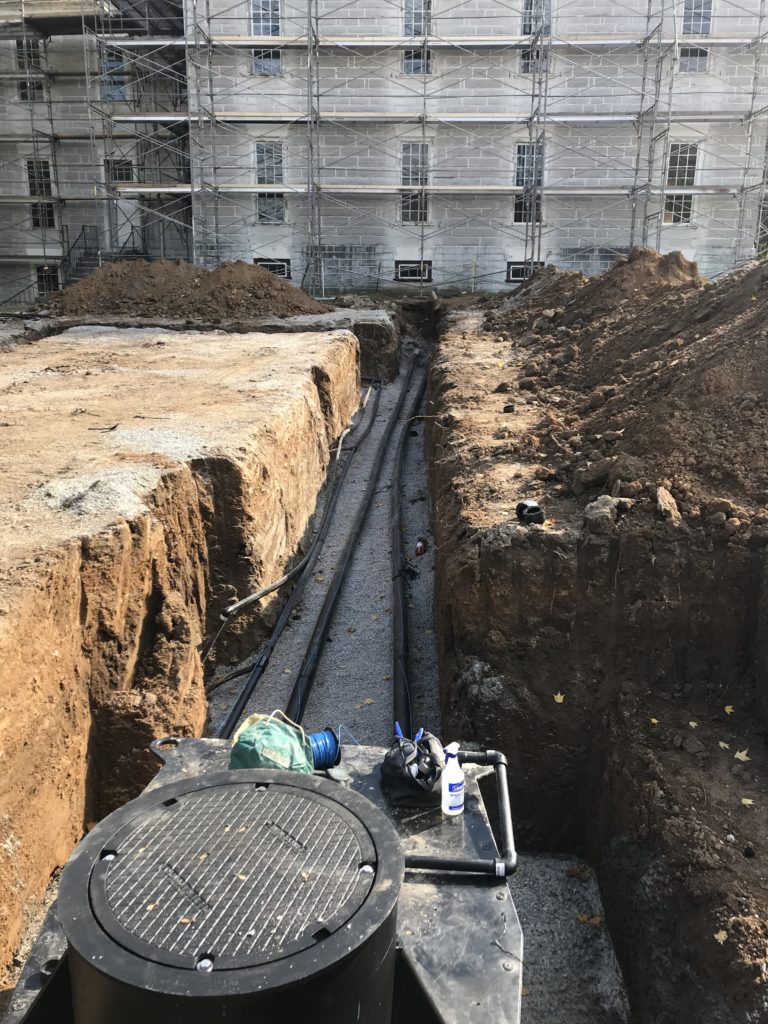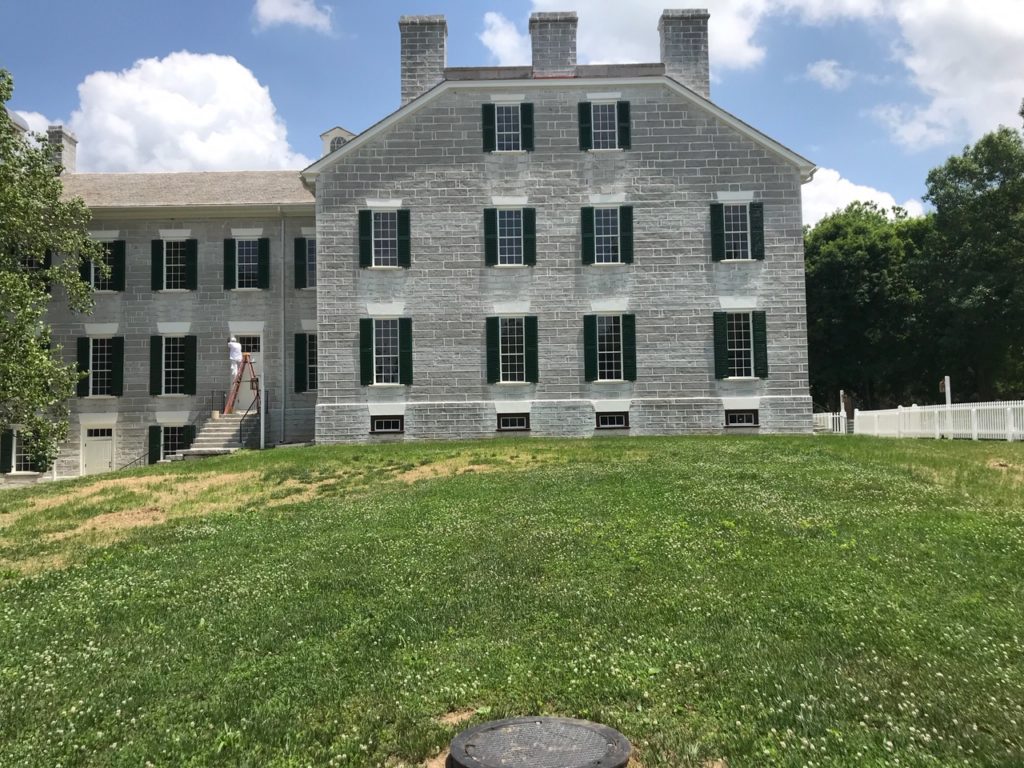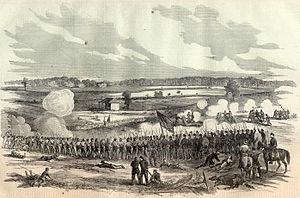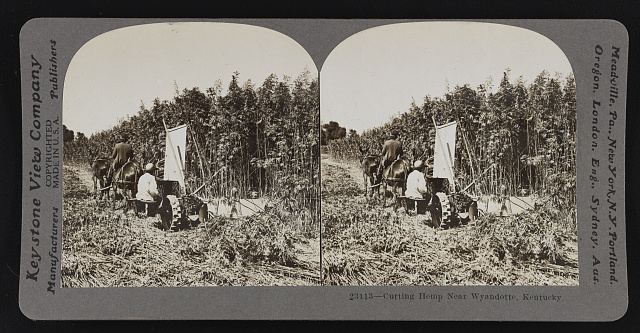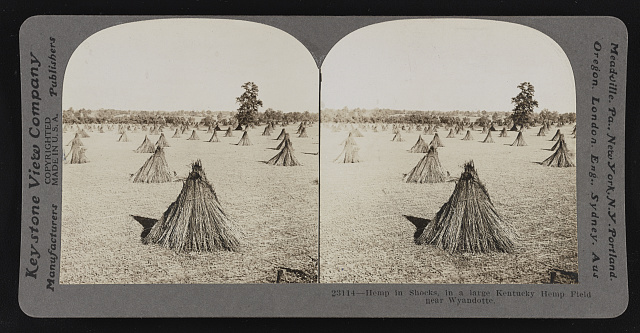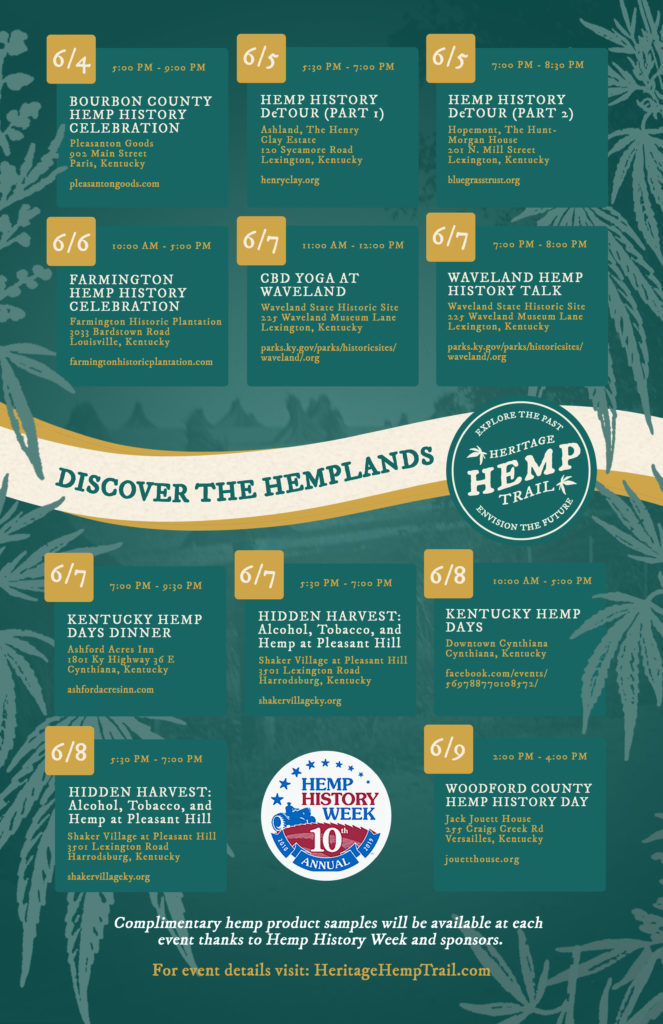Preservation Projects for the Summer of 2019
William Updike, Vice President of Natural and Cultural Resources
This is an exciting time, and we wanted to post an update on several on-going and upcoming projects you may see during visits to the Village over the summer and into the fall!
For starters, we re-opened the 1834 Centre Family Dwelling this spring after a year-and-a-half of work! (There are several prior blog posts about this project, if you’d like to learn more!)
Work is already underway on several of our other historic buildings. So far this year we have re-roofed the 1811 Old Stone Shop, and made repairs to the Old Ministries Shop and Cooper’s Shops.

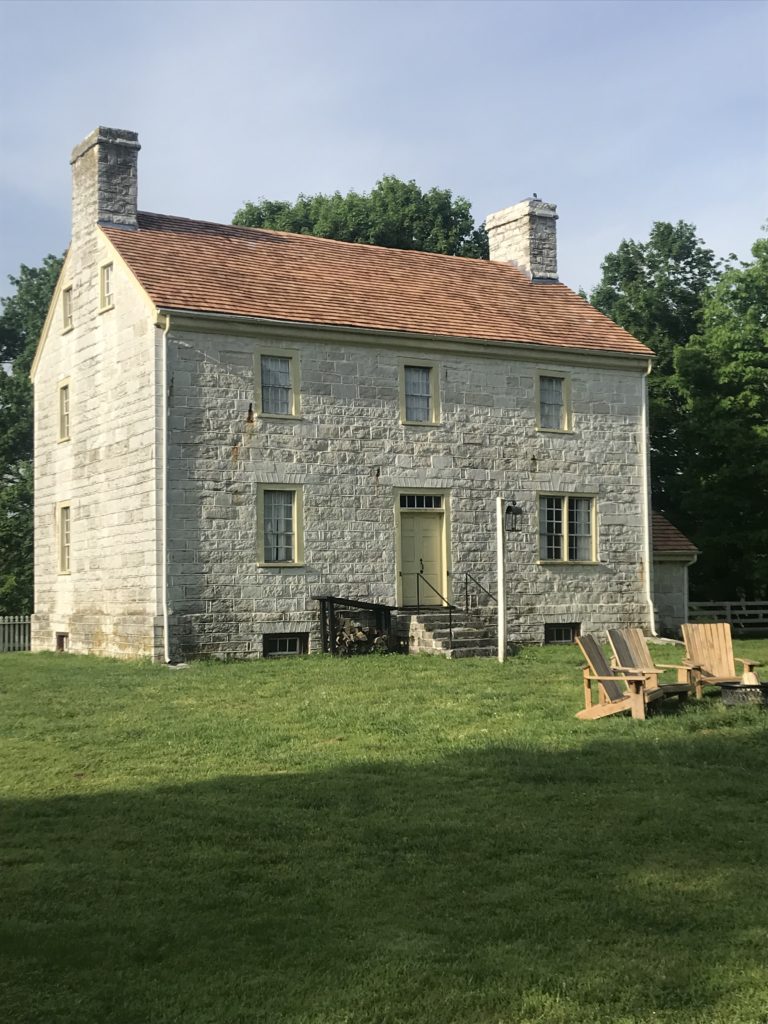
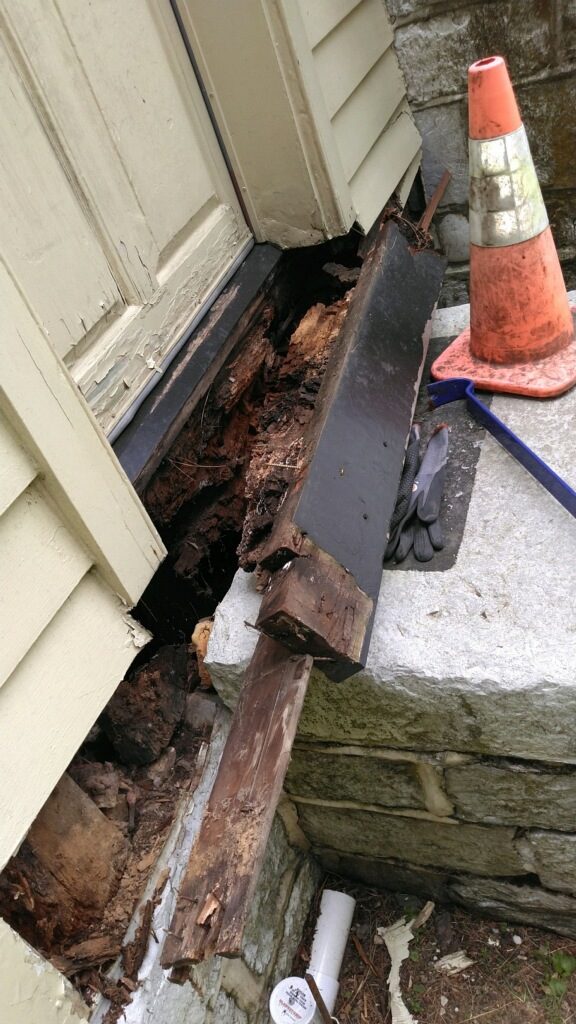
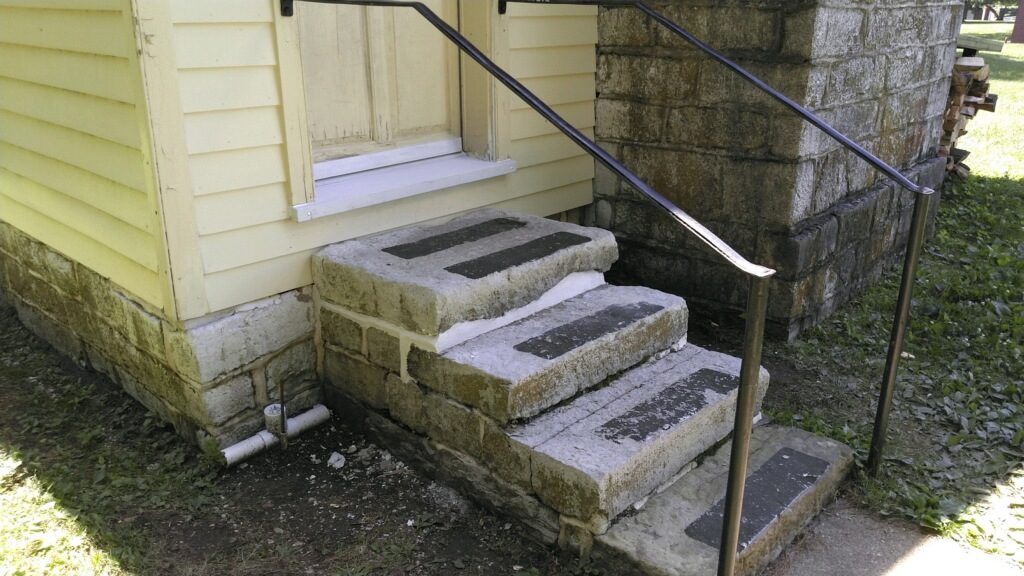
Last summer we began work on the 1833 Water House. The first phase of this project completed a major structural repair to the front (south) wall of the building. This summer we will complete the preservation work on this building including repairs to the roof framing, siding, windows, a new shake roof and a fresh coat of paint. We are re-roofing and painting the nearby Brethren’s Bath House which will complete work on structures adjacent to the Centre Family Dwelling.
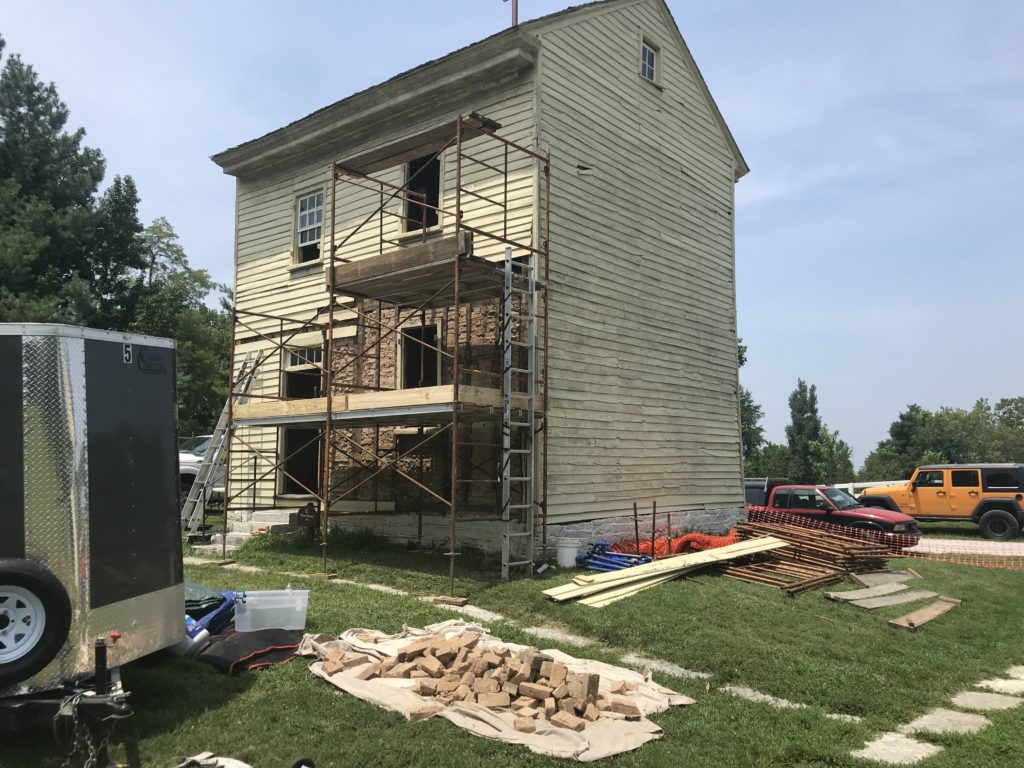

In other work, we will also be installing a new roof on the 1821 Ministry’s Shop. This project will begin the preservation work on this building, and we intend to also make repairs to the exterior of the building and to repaint it prior to winter. We will begin to repair and repaint all of the windows, exterior doors, and exterior trim of the East Family Dwelling. This is a large project and plan to complete late in the fall, or possibly next spring if the weather cooperates.
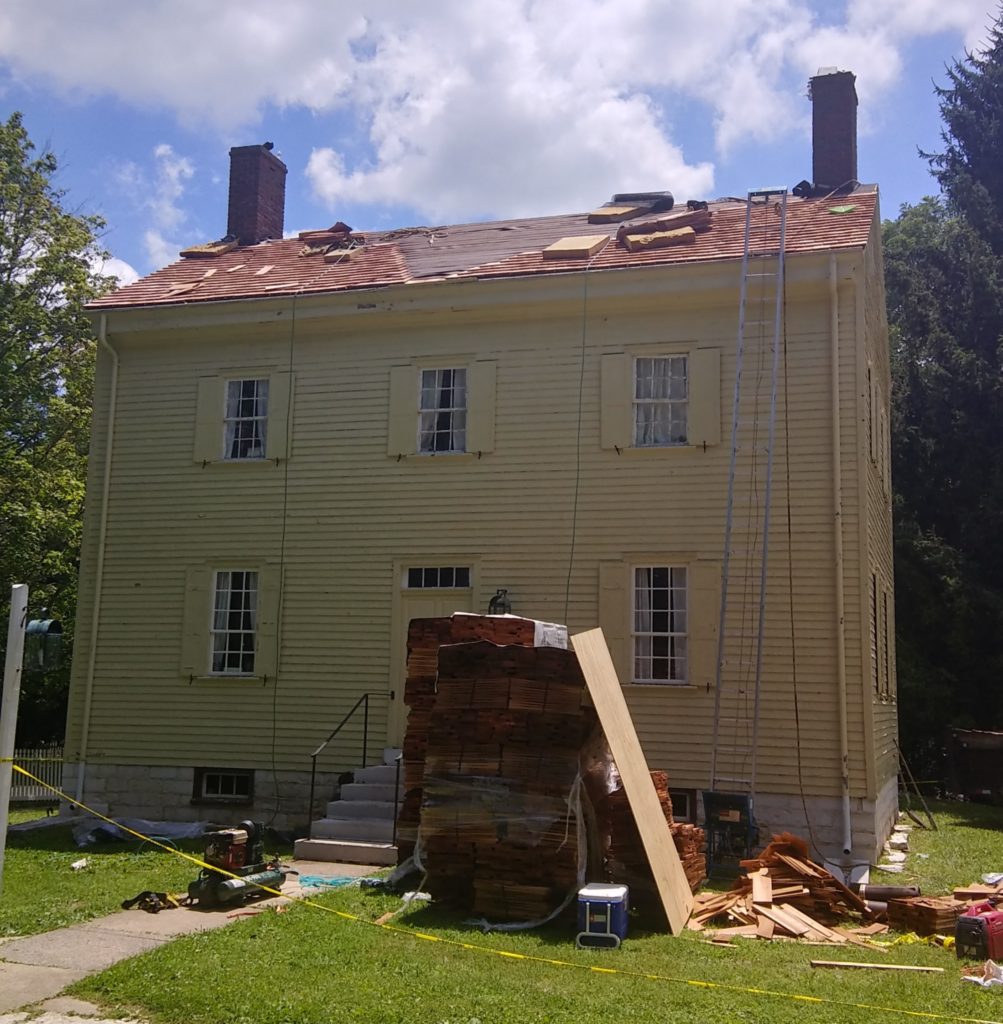
Our work at Shaker Village is never truly finished. Use, time and the elements take a toll on our buildings and it is our duty to maintain them for future generations. You can help by making donations, and/or joining us on an upcoming volunteer day!
